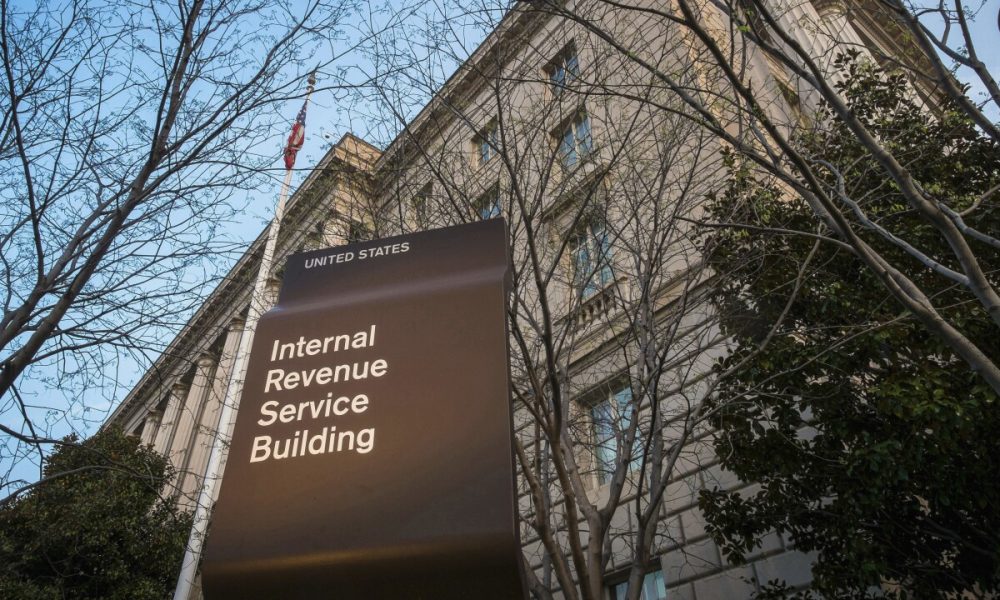Historic inflation rates in the U.S. have spurred some changes that will reduce many people’s tax bill next year. The Internal Revenue Service (IRS) announced dozens of adjustments due to inflation that affect individual tax income brackets for the 2023 tax year, including standard deductions and credits.
As a result, tax filers who haven’t seen their wages change with the pace of inflation could see some savings on their next federal income tax bill, the New York Times reported.
Inflation has increased the cost of just about everything from food and energy costs to the price of homes and vehicles.
Americans have seen the quickest price increase pace in 40 years, but it’s the 7% increase in policy interest rates that have brought about a very noticeable pain for bank accounts.
The tax changes will affect tax year 2023, which means tax payers will use the new brackets when they file a return in early 2024. However, the changes will show up as a lower tax withholding on paychecks starting in January 2023 — so workers should have more take-home pay in 2023, the Wall Street Journal explains.
The standard deduction, which the majority of Americans claim on their tax returns, will see a change. Republicans changed it amid their tax overhaul passed in 2017 under then-President Donald Trump.
As Forbes reported, the standard deduction is now claimed by over 85% of taxpayers instead of itemized deductions.
The Trump-era overhaul tie rates to a measure of inflation called the chained Consumer Price Index, which increases at a slower pace than the standard Consumer Price Index.
In this latest round of changes by the IRS, the top income tax rate of 37% will apply in 2023 to those individual taxpayers earning $578,125 (or $693,750 for married couples filing jointly). That’s up from $539,900 for individual filers.
Middle-class workers and lower earners will see rates change. Earners above $231,250 will see a 35% rate, which will apply to married couples filing jointly and earning $462,500.
The 32% rate will apply to those making above $182,100 and filing individually or to married couples filing jointly and making $364,200.
The 24% rate will apply to those making above $95,375 for individuals or $190,750 for couples filing jointly.
The 22% rate will apply to those making above $44,725 and filing individually or $89,450 for married couples and filing jointly.
The 12% rate will apply to individual filers making above $11,000 and to married couples filing jointly who make $22,000.
The lowest rate, 10%, will apply to those making up to $11,000.
For many Americans, inflation-adjusted weekly earnings dropped by about 4% from September last year to September this year, according to the U.S. Department of Labor.
By Douglas Jones, Scripps National.







